SoulSwap Slippage Calculator
Trade Calculator
Trade Insights
Estimated Slippage: -
Effective Trade Price: -
Estimated Cost: -
High slippage detected! For trades over $50, expect significant price movement due to limited liquidity.
Comparison to Alternatives
When assessing SoulSwap is a decentralized exchange (DEX) built on the Fantom blockchain, the first question most traders ask is whether its zero‑fee promise actually translates into a usable platform. The answer isn’t simple - the exchange offers a tantalizing fee structure but struggles with almost nonexistent liquidity, a tiny user base, and limited token options. Below we break down every angle you need to decide if you should even consider putting a trade on SoulSwap.
What SoulSwap Is and How It Works
SoulSwap launched in 2021 and follows the typical AMM (automated market maker) model that powers most modern DEXs. Users connect a non‑custodial wallet (MetaMask, Trust Wallet, or any Fantom‑compatible wallet) and trade against liquidity pools rather than a traditional order book. The platform’s native pairing is WFTM (Wrapped Fantom), and the most active pair listed is USDC/WFTM.
Key Technical Specs
- Blockchain: Fantom
- Fee Structure: 0.00% maker & taker (as reported by FxVerify)
- Listed Tokens: 7 total (USDC, WFTM, and five other Fantom‑based assets)
- Trading Pairs: 7 total
- Liquidity Ratio: Normalized volume ratio of 1.0 (CoinGecko)
The zero‑fee model is rare; most DEXs charge between 0.25%‑0.30% per swap. In theory, that makes SoulSwap attractive for high‑frequency traders, but the tiny pools mean any trade larger than a few dollars will cause noticeable slippage.
Liquidity and Volume Reality Check
According to CoinGecko, SoulSwap’s 24‑hour trading volume sits at just $2.57, down 54.83% from the previous day. The USDC/WFTM pair alone accounts for $2.58 of that volume - essentially the entire market activity. By contrast, SpookySwap, the dominant Fantom DEX, recorded over $22.7million in the same 24‑hour window, while Uniswap on Ethereum posted more than $1.2billion (Dune Analytics, 2023‑11‑20).
These numbers place SoulSwap in the 23rd percentile for normalized volume and the 14th percentile for order‑book depth on CoinGecko’s ranking. In practical terms, finding a counter‑party for a $100 trade is virtually impossible without moving the price dramatically.
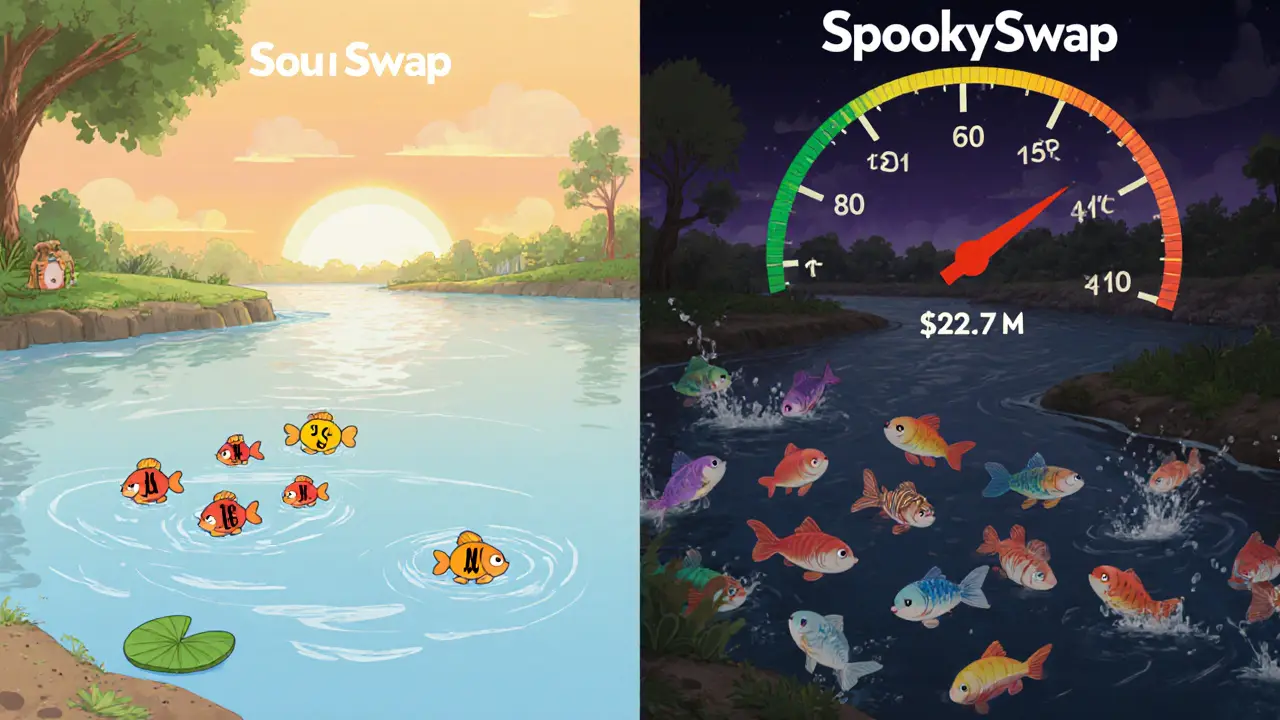
Security, Trust Scores, and Transparency
Security assessments are mixed. Scamadviser gives SoulSwap a 71% trust score, labeling it as “likely legit” but far below the 90%+ scores of established exchanges. The site holds a valid SSL certificate and its domain registration appears legitimate, yet WHOIS data hides the owner’s identity - a common practice in DeFi but a red flag for newcomers.
There are no known hacks or exploits tied directly to SoulSwap, but the lack of a public audit report means the smart contracts haven’t been independently verified in the same way that Uniswap’s codebase has.
User Experience and Community Support
From a UI perspective, SoulSwap mirrors other AMM DEXs: you select a token, set slippage tolerance, and confirm the transaction in your wallet. However, the platform provides almost no documentation. FxVerify’s traffic analysis shows an average visit duration of just 1 minute10 seconds and a bounce rate of 48%, indicating users leave quickly, likely because they can’t find help or tutorial material.
Community channels are practically non‑existent. There are no Reddit threads, Discord servers, or Telegram groups with active participants. Without a community, troubleshooting is left to guesswork, and onboarding new users becomes a steep hill to climb.
How SoulSwap Stacks Up Against the Competition
| Exchange | Chain | 24h Volume (USD) | Trading Pairs | Fee % | Liquidity Rank |
|---|---|---|---|---|---|
| SoulSwap | Fantom | $2.57 | 7 | 0.00 | 14th percentile |
| SpookySwap | Fantom | $22,700,000 | ~200+ | 0.25 | Top 5% |
| Uniswap | Ethereum | $1,200,000,000 | ~5,000+ | 0.30 | Top 1% |
The table makes the gaps crystal clear: SoulSwap’s volume is minuscule, its pair count is tiny, and the only real advantage - zero fees - is quickly eaten up by slippage and lack of depth.

Pros and Cons Checklist
- Pros:
- 0% trading fees - appealing on paper
- Built on fast, low‑cost Fantom network
- Simple, familiar AMM UI
- Cons:
- Extremely low liquidity - high slippage on any decent trade
- Only 7 trading pairs, limiting strategy options
- Almost no community or documentation
- Trust score under 80% and anonymous ownership
- Negligible trading volume makes price discovery unreliable
Final Verdict - Should You Use SoulSwap?
If you’re a developer looking to test a contract on Fantom or a hobbyist wanting to experiment with a few dollars, SoulSwap can serve as a low‑cost sandbox. For any serious trader, the platform’s lack of depth makes the zero‑fee claim irrelevant - you’ll lose more to slippage than you’d save on fees. The broader DeFi ecosystem offers better‑liquidity alternatives on the same chain (SpookySwap) or cross‑chain solutions (Trader Joe, Curve on Fantom). Until SoulSwap adds more pairs, improves its liquidity incentives, and builds a visible community, it remains a niche corner of the DEX space rather than a viable trading venue.
Frequently Asked Questions
What is the fee structure on SoulSwap?
SoulSwap advertises a 0.00% maker and taker fee, meaning the protocol itself does not charge any fees for swaps. However, you still pay standard Fantom network gas fees for each transaction.
How many tokens can I trade on SoulSwap?
As of the latest data (Nov2023), the exchange lists 7 tokens and offers 7 trading pairs, all of which are Fantom‑native or wrapped assets.
Is SoulSwap safe to use?
The platform holds a valid SSL certificate and a 71% trust score from Scamadviser, indicating it is probably not a scam. However, the smart contracts have not been publicly audited, so users should trade only amounts they are comfortable losing.
Can I earn liquidity rewards on SoulSwap?
SoulSwap does not currently advertise any liquidity mining or farming programs. Providing liquidity will earn you a share of the tiny swap fees (effectively zero), so rewards are negligible.
How does SoulSwap compare to SpookySwap?
SpookySwap offers thousands of pairs, tens of millions in daily volume, and a 0.25% fee - vastly better liquidity and market depth. SoulSwap’s advantage is only the zero‑fee model, which is outweighed by its tiny volume and high slippage.
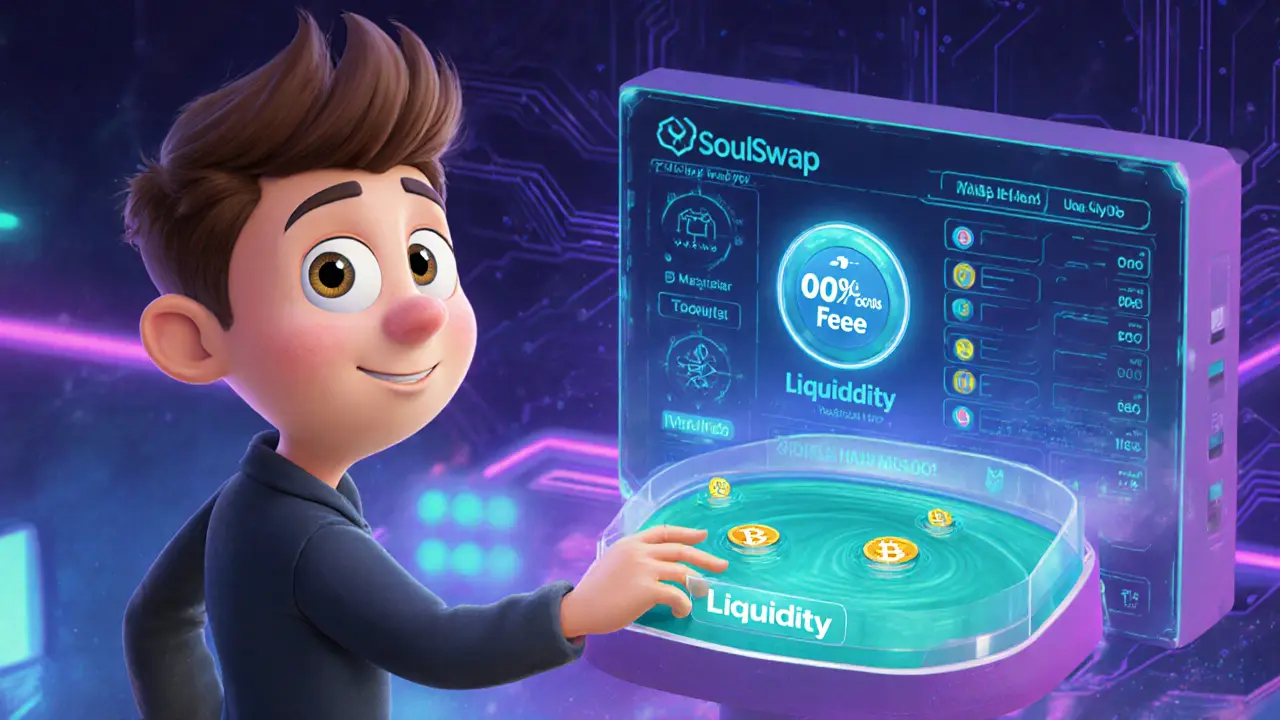
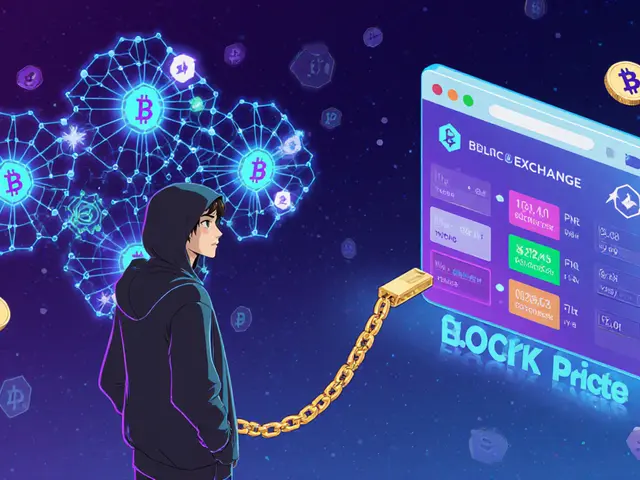
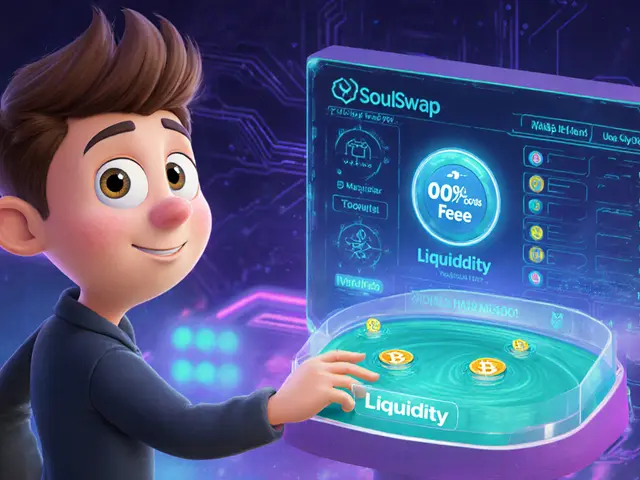
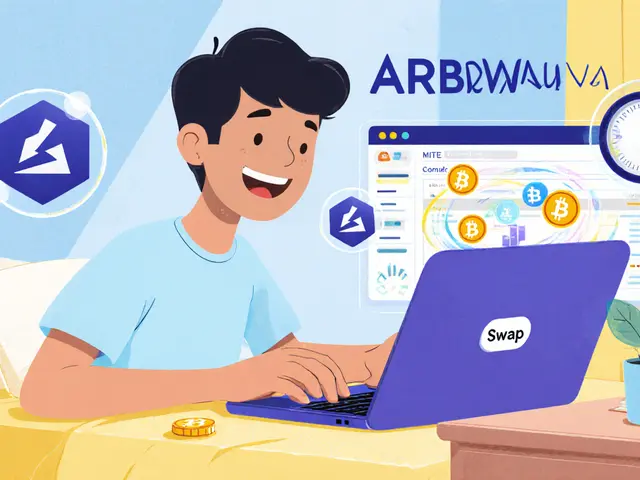
Comments
Wow, SoulSwap really tries to carve a niche with those zero fees! 😎 The idea sounds dreamy, especially for someone just testing the waters on Fantom. Sure, the liquidity is thin, but every new DEX has to start somewhere, right? Keep an eye on community incentives – they might just turn the tide soon. 🌊
Obviously you missed the point – zero fees are meaningless when the market depth is practically nonexistent and anyone with a modicum of knowledge can see the futility of such a platform
One could argue that SoulSwap embodies the paradox of DeFi: it promises democratization yet remains inaccessible to those without deep pockets. The scarcity of liquidity forces traders into a dilemma where the cost of slippage outweighs any fee savings. In a broader philosophical sense, this mirrors how technology can both empower and marginalize simultaneously. It raises the question of whether true decentralization is achievable when network effects favor the already‑established players.
From a purely analytical perspective, the numbers are unforgiving. A 24‑hour volume of $2.57 is effectively noise; it cannot support meaningful arbitrage or price discovery. Moreover, the absence of an audit leaves the smart contracts exposed to potential exploits. While the UI is clean, the underlying economics are fundamentally flawed for any serious trading strategy.
Let’s break down why SoulSwap, despite its alluring zero‑fee banner, is a precarious playground for any trader who isn’t prepared to accept massive slippage. First, the liquidity pool depth is so shallow that a trade of merely $100 can shift the price by several percent, effectively eroding any cost advantage you might have thought you were gaining. Second, the platform’s token selection is limited to seven assets, which drastically reduces hedging opportunities and portfolio diversification. Third, the community support infrastructure is practically nonexistent – there are no active Discord channels, Telegram groups, or even a comprehensive wiki to guide new users through the nuances of the protocol. Fourth, the absence of a publicly verified audit means the smart contracts have not undergone the rigorous scrutiny that larger DEXs like Uniswap or even SpookySwap have, opening the door to potential vulnerabilities that could be exploited by malicious actors. Fifth, while the claim of 0 % fees sounds attractive, you still incur standard Fantom gas fees for each transaction, which can become non‑trivial when executing a series of small trades. Sixth, the reported trust score of 71 % from Scamadviser is merely average and falls short of the confidence thresholds most seasoned traders demand. Seventh, price discovery on such a low‑volume exchange is unreliable; the spot price can be easily manipulated by a single large order, resulting in distorted market data that can mislead participants. Eighth, the platform lacks any liquidity mining or farming incentives, so there’s no organic reason for users to provide capital to the pools, further stifling growth. Ninth, the UI, while aesthetically comparable to other AMM interfaces, offers minimal educational material, leaving newcomers to guess at best practices and risk parameters. Tenth, the slippage warning system is rudimentary, only flagging trades above a certain threshold without providing actionable guidance on how to mitigate the impact. Eleventh, the exchange’s architecture does not integrate with popular aggregators, meaning you cannot automatically route orders through better‑liquidity venues to improve execution. Twelfth, the comparative analysis with SpookySwap and Uniswap underscores a staggering gap: SoulSwap’s daily volume is less than a thousandth of its peers, and its pair count is a fraction of what users expect from a competitive DEX. Thirteenth, the platform’s governance model is opaque; there’s no clear roadmap or community voting mechanism to drive future development. Fourteenth, the lack of an established brand or reputation means that even if liquidity improves, gaining user trust will be an uphill battle. Finally, the only realistic scenario where SoulSwap might be “worth it” is for developers testing smart contracts on a low‑stakes environment or hobbyists willing to sacrifice efficiency for the novelty of experimenting on a niche chain. In summary, unless you’re prepared to accept the profound limitations and risks outlined above, there are far superior alternatives on the Fantom ecosystem that deliver better liquidity, security, and user experience.
Zero fees don’t excuse a bankrupt market.
Hey folks, if you’re just dipping your toes in DeFi, SoulSwap could serve as a sandbox for tiny experiments. The zero‑fee promise is tempting, but remember that slippage will eat you alive on any trade larger than a few dollars. Treat it as a learning tool rather than a serious trading venue, and you’ll avoid costly surprises.
Indeed, the sandbox analogy fits well. It allows newcomers to grasp the mechanics of AMMs without risking significant capital, yet it also highlights the importance of liquidity depth in real‑world applications.
Look, the whole thing is a front. They’re using the Fantom hype to lure people into a dead‑end platform while the real movers are pulling strings behind the scenes. Those “zero fees” are just a distraction from the fact that the code is probably back‑doored. Stay woke.
I understand your concern, but it’s important to base conclusions on verifiable data. At present, there are no public reports of exploits on SoulSwap, and the smart contracts are open source. While caution is always advisable, attributing conspiratorial motives without evidence may mislead other users.
Alright team, let’s keep the discussion constructive. If you’re looking for better liquidity on Fantom, SpookySwap and Trader Joe are solid alternatives with proven track records. They still charge a modest fee, but the price impact is far lower, making them more suitable for real trading. For experimental purposes, SoulSwap’s zero fees can be fun, just remember to keep your positions tiny.
Thanks for the practical tip! I’ll definitely give SpookySwap a look before diving deeper into SoulSwap.
If you strip away the hype, what remains is a classic case of supply‑demand imbalance in a nascent market. The philosophical implication is that value, in this context, is not inherent but assigned by collective belief – a belief that, without sufficient participants, quickly evaporates.
That’s a solid observation, thanks for sharing.
Just a heads‑up: if you decide to try SoulSwap, start with a fraction of a dollar. The slippage calculator in the UI is a useful tool – set your tolerance low and watch the warning flash before you confirm. It saves you from accidental big losses.